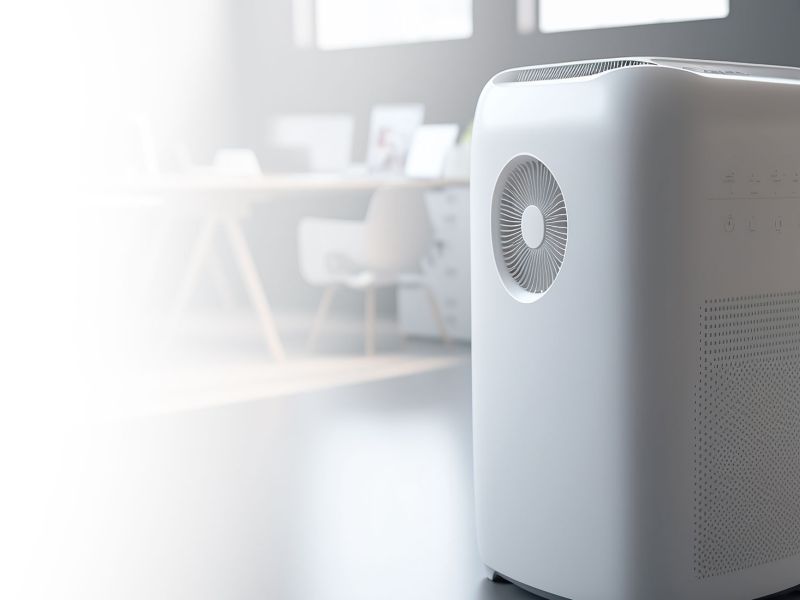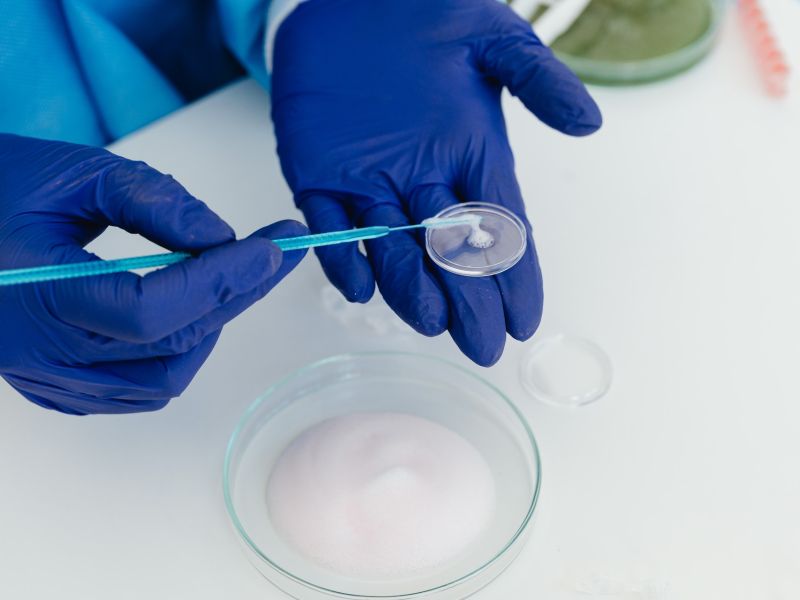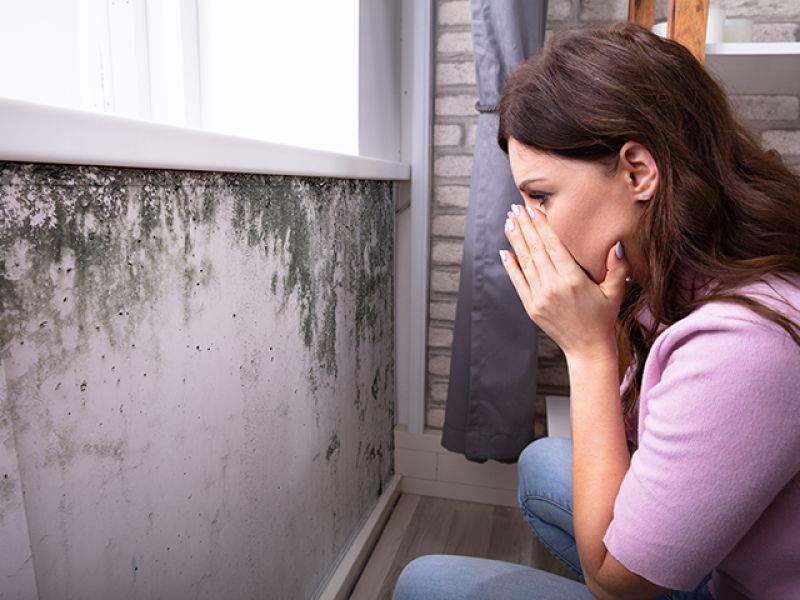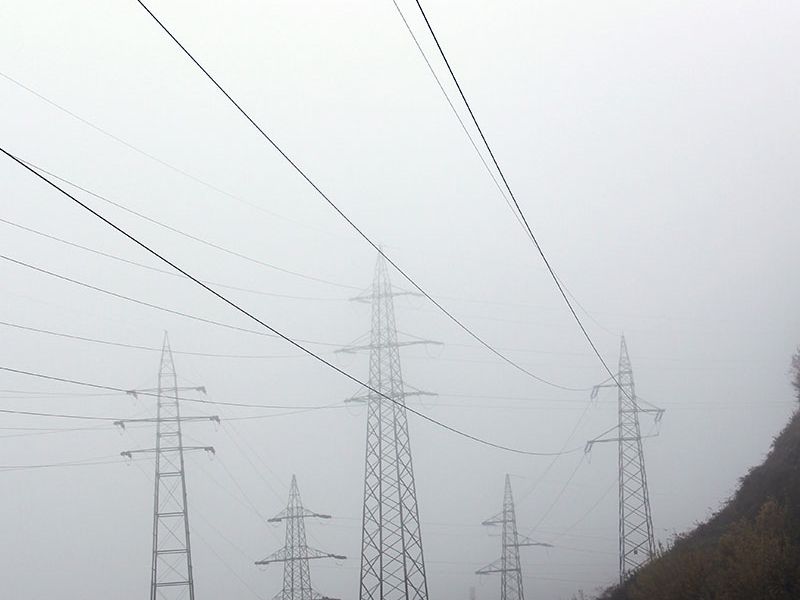
Indeed, mycotoxins don’t die, because …
Mycotoxins were never living organisms to begin with.
Mycotoxins are chemical substances deliberately produced by hazardous molds, mostly with the objective of inflicting damage. Why do molds produce mycotoxins?
Well molds have a great sense of survival and they will do whatever is necessary to safeguard their space, their food source and their existence.
Why do molds enter a defensive state and produce mycotoxins?
-
Defense Mechanism — In response to threats from other microbes, mold synthesizes mycotoxins to keep the competition away. Consider it their declaration of territorial ownership.
-
Competition for Resources – Mycotoxins keep other mold species and bacteria away to safeguard their food (dust) and habitat (damp or wet surface).
-
Environmental Stressors: Variations in temperature, humidity, or nutrient availability may prompt mold to excrete mycotoxins as a survival mechanism.
It is crucial to acknowledge that mycotoxins may persist in your environment even after you’ve removed the mold from your house. This is why we recommend a detailed cleaning or “Bio Cleaning” after remediation. Mycotoxins are chemically very stable and will endure long after the mold has disappeared.
Mycotoxins burden the liver and kidneys, undermining your ability to eliminate toxins. This can cause a variety of symptoms even after the mold is gone. This underscores the significance of mycotoxin testing. Eliminating the sources of mold constitutes merely the initial element of the cleanup process. The second phase involves eliminating the byproducts disseminated by those sources within your residence (bacteria, beta glucans, mites, etc.).
For more information on testing your home for mold and mycotoxins, contact our office at 800-MY-AIR-TEST.
Above illustration courtesy of Mosaic Diagnostics, formerly Great Plains Laboratories
Related Posts
Critical Alert: Nashville Commercial Air Quality Issues Could Be Costing You More Than You Think

Poor Nashville commercial air quality isn’t just uncomfortable—it can silently impact productivity, trigger chronic health problems, and expose businesses to liability risks. Whether you manage a cor…
Breathe Easier: Why a Nashville Air Quality Test Could Transform Your Health

You might be surprised to learn that indoor air can be two to five times more polluted than outdoor air — even in a clean, modern home. If you’ve been struggling with allergies, fatigue, or unexplain…
Worried About Mold? Nashville Mold Testing Can Give You Peace of Complete Mind

If you’ve been feeling unwell at home or noticing strange odors that won’t go away, it might be time to consider Nashville mold testing. Even if you can’t see mold, it could still be affecting your a…
Nashville Mold Inspection Guide: Discover the Alarming Signs You Can’t Ignore

Mold can be more than just a nuisance—it can seriously impact your home’s structure and your family’s health. Whether you’re noticing musty odors, unexplained allergy symptoms, or signs of water dama…
Hidden Dangers? Why Nashville EMF Testing Is Gaining Urgent Attention

In today’s tech-saturated world, we’re surrounded by wireless signals, electronic devices, and high-voltage equipment—all of which emit electromagnetic fields (EMFs). While some exposure is unavoidab…